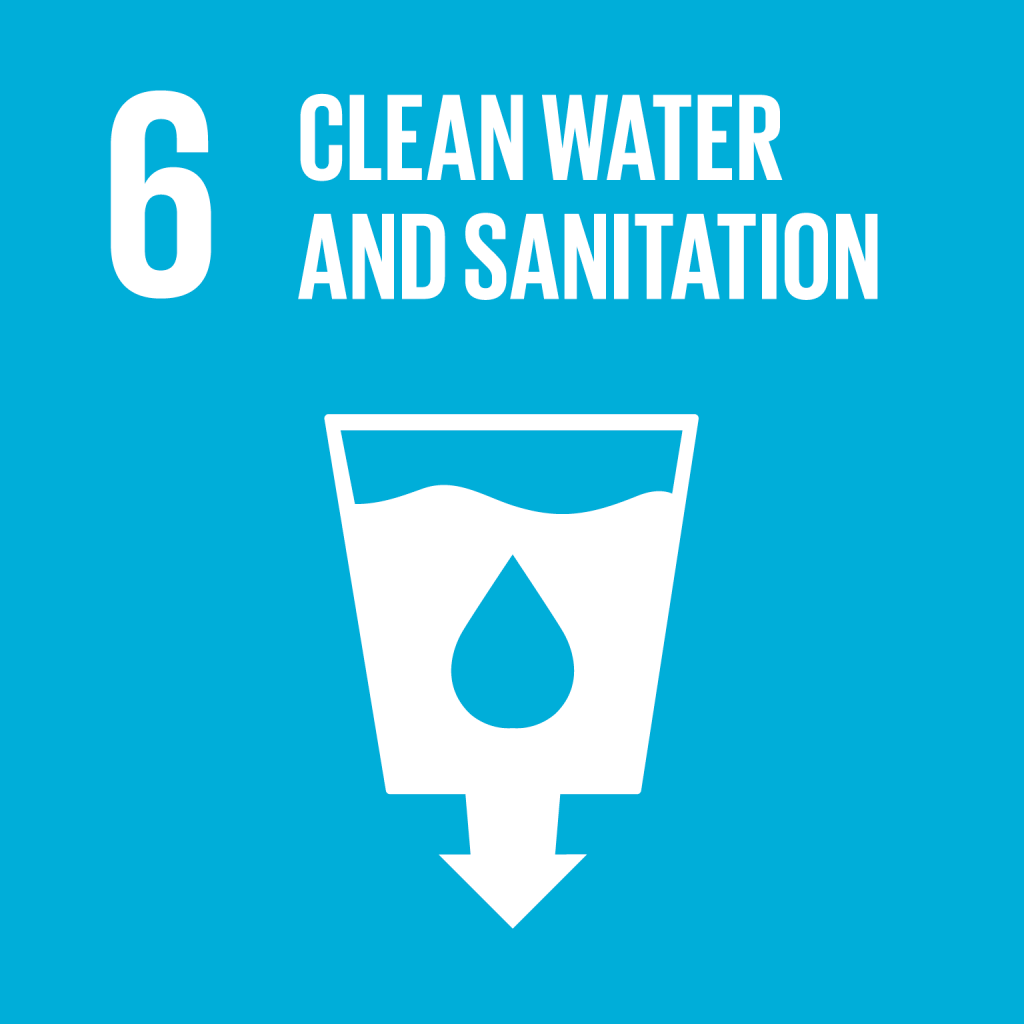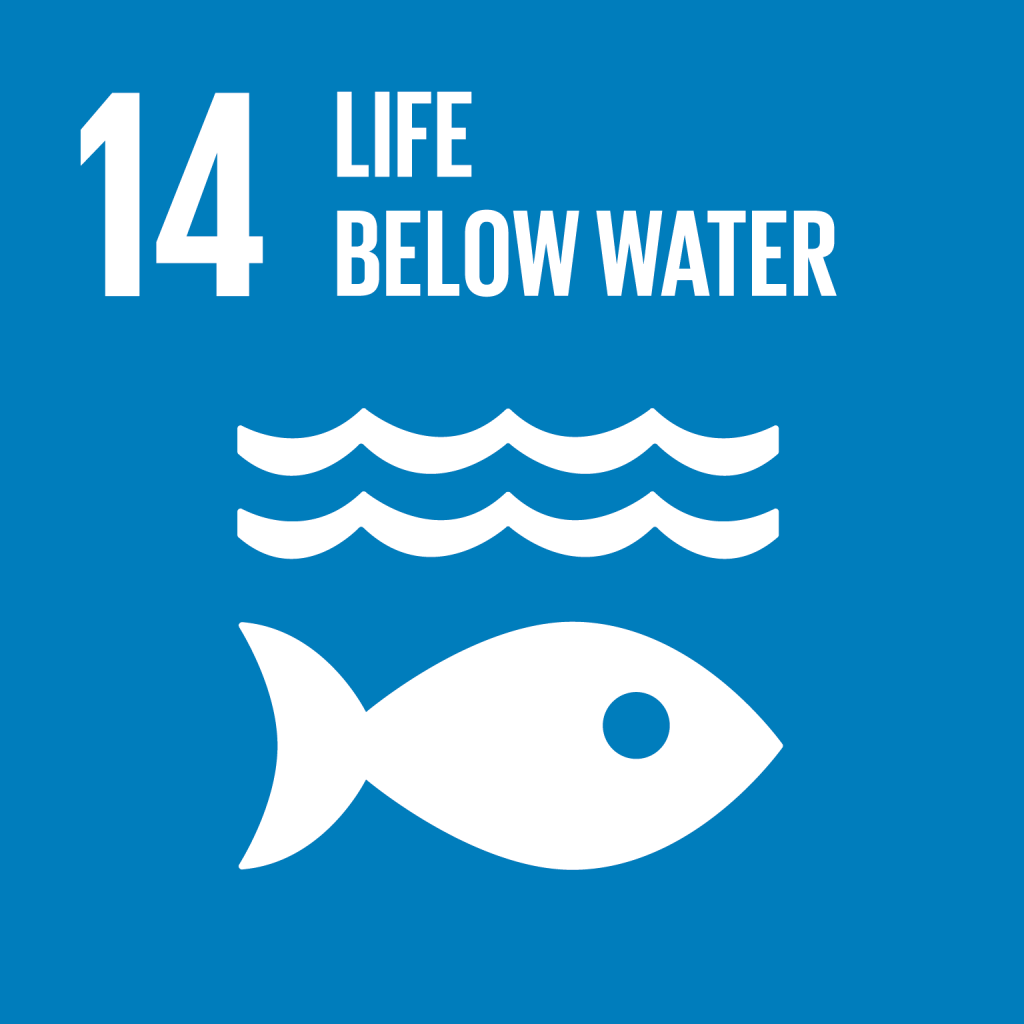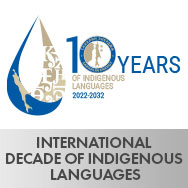- About the company
- Safety and Environment
- Social Performance
- Media
- Tenders
- Jobs and career
- Vacancies
- Students: Internship
- Graduate development programme
- Traineeship Programme
- Energy cup case championship
- Contact us
- Home page
- Safety
- Environmental Protection
- Water Use and Water Discharge Management
Water use and water discharge management


Sakhalin Energy's production activities are directly associated with water bodies. Three oil and gas production platforms are located in the Sea of Okhotsk and are connected to onshore facilities via subsea pipelines. The onshore pipelines of the Trans-Sakhalin pipeline system cross approximately one thousand water bodies along the entire length of Sakhalin Island. The life-support functions of production facilities require water, and the process of using it generates wastewater to be treated and disposed of. Stormwater that is generated during rainfall or the melting of snow and ice must also be treated prior to discharge.
As required by law, the Company carries out its water management activities in line with relevant permits and licences, with the following objectives in mind:
• use of the water area of water bodies,
• water extraction from surface water bodies,
• water extraction from underground water bodies,
• wastewater discharge.During hydrocarbon production, oil-saturated formation water with associated chemical compounds is also brought to the surface. This water is separated from oil and sand, but rather than being discharged into the sea, it is re-injected into the well for reservoir pressure maintenance purposes. Nowadays, this is a common practice used by the world's oil and gas majors, as formation water treatment requires the use of extremely sophisticated energy-intensive technology.
To monitor the impact on water bodies, the Company meters the amount of extracted, discharged, and injected water. At all offshore assets, there is continuous visual observation of the sea surface from both the offshore platforms and support vessels. Such observations are required to be able to identify accidental leaks and spills in order to take prompt action.
Wastewater generated by Sakhalin Energy's assets can be divided into industrial wastewater, stormwater, and domestic wastewater. Treatment facilities have been installed to purify wastewater from pollutants in order to prevent damage to water bodies.
Wastewater quality control is done by an accredited independent laboratory, both before and after purification at treatment facilities, as well as before discharge into water bodies. The quality of water in water bodies into which wastewater is discharged and from which water is extracted is also monitored. The findings make it possible to assess the efficiency of treatment facilities and the degree of impact on water bodies, taking into account analyses of their condition.
- Safety and Environment



